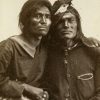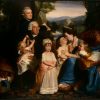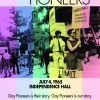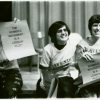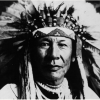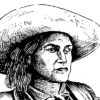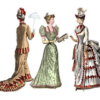Through analyzing Audre Lorde’s essay on multiple identities and systems of oppression, how do power and privilege impact the relationships people have with each other as well as with institutions?
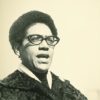
In this lesson, students will familiarize themselves with the concept of intersectionality — how intersecting identities and oppressions shape perspectives and experiences. Through the close reading and discussion of the article “Age, Race, Class, and Sex: Women Redefining Difference” featured in the influential book Sister Outsider: Essays and Speeches by Audre Lorde, students will think critically about how multiple identities and systems of oppressions impact the relationships people have with each other as well as with institutions. Audre Lorde, Black lesbian poet and feminist writer, signed a contract with The Crossing Press on November 19, 1982 to publish her monumental book Sister Outsider: Essays and Speeches. Sister Outsideris celebrated as a historic piece of literature exploring the intersections of race, sexuality, gender, poverty, and politics.

